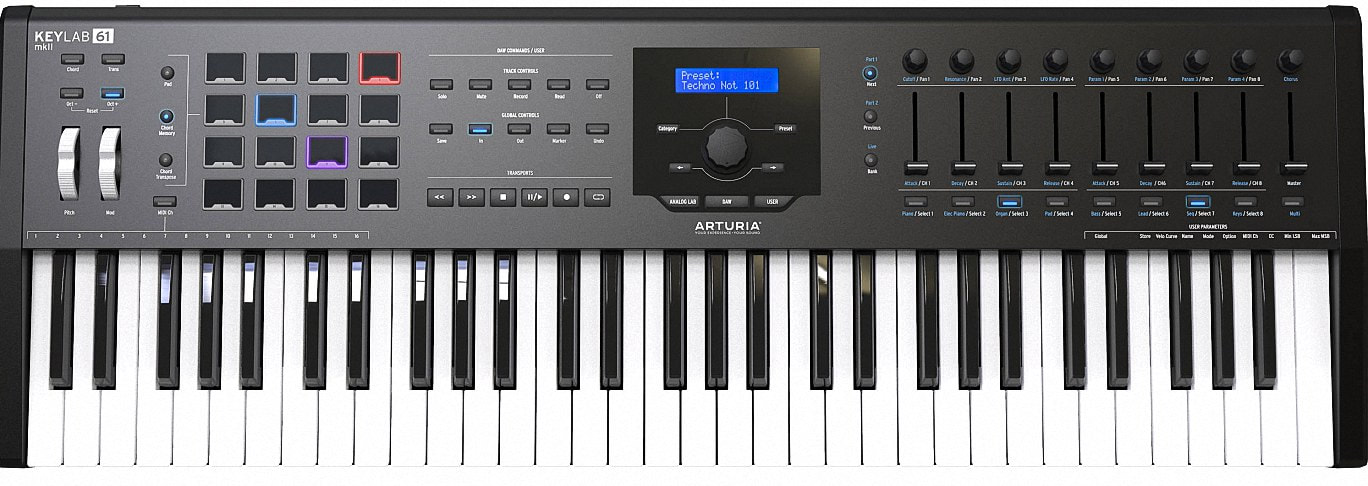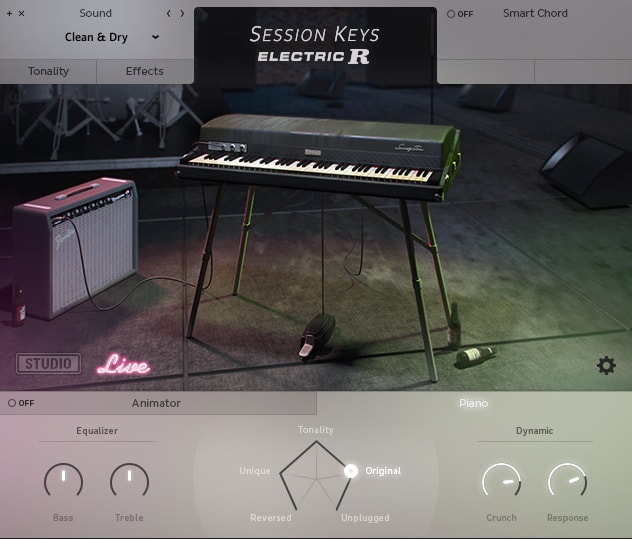Mission Engineering EP-1 Expression Pedal [In-Depth] Review (2022)
You know the kind I'm talking about, right?; with their short, wired-in (read: non-field-replaceable) cables and flimsy plastic construction. Oh sure, most of them will indeed provide you with the means to execute volume swooshes, wah sweeps, and sundry other expression assignments - that is until the plastic bits snap off, or they slip from underfoot, or the no-name potentiometer crackles and dies, or the thin cable breaks.
It just so happens that our friends at Mission Engineering offer quite a few guaranteed, hand-crafted remedies for the aforementioned expression pedal quandary - one in particular is the EP-1 Expression Pedal.
When compared to the price tag affixed to an M-Audio EXP, or a Roland EV-5, you might gasp in a brief moment of sticker shock; however, even a few minutes of usage will assure you that a Mission Engineering pedal is definitely worth the extra coinage. It’s also worth highlighting that Mission’s Made in USA build quality is top-notch, to boot






